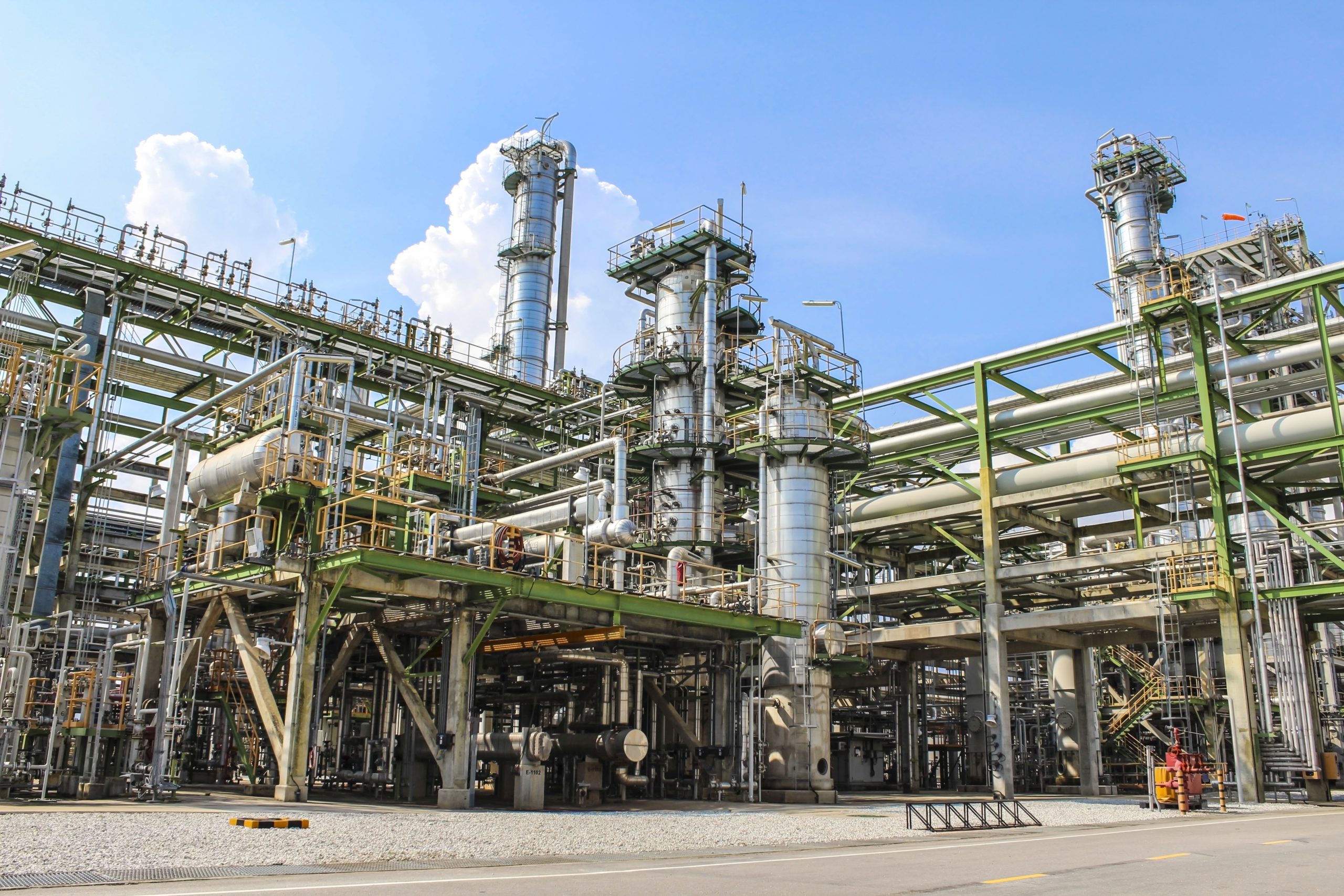Process temperature effect
Showing the error of a combined effect of the fill fluid characteristics and its related expansio...
Showing the error of a combined effect of the fill fluid characteristics and its related expansion or contraction error of the seal volume. This is based on the volumetric displacement of the diaphragm, which is dependent on thickness, diameter and material of construction. All based on the maximum process temperature.
Showing the error of a combined effect of the fill fluid characteristics ...
Showing the error of a combined effect of the fill fluid characteristics and its related expansion or contraction error of the seal volume. This is based on the volumetric displacement of the diaphragm, which is dependent on thickness, diameter and material of construction. All based on the maximum process temperature.
Ambient temperature effect
Showing the error of a combined effect of the fill fluid characteristics and its related expansio...
Showing the error of a combined effect of the fill fluid characteristics and its related expansion or contraction error of the system volume (capillary + transmitter) showing the effect based on the maximum ambient temperature deviation.
Showing the error of a combined effect of the fill fluid characteristics ...
Showing the error of a combined effect of the fill fluid characteristics and its related expansion or contraction error of the system volume (capillary + transmitter) showing the effect based on the maximum ambient temperature deviation.
Mounting effect
Showing the error based on the (vertical) mounting of the transmitter and the diaphragm seals, ta...
Showing the error based on the (vertical) mounting of the transmitter and the diaphragm seals, taking also into account the change in density of the fill fluid based on the maximum ambient temperature deviation, and thus the pressure of the liquid column of the fill fluid.
Showing the error based on the (vertical) mounting of the transmitter and...
Showing the error based on the (vertical) mounting of the transmitter and the diaphragm seals, taking also into account the change in density of the fill fluid based on the maximum ambient temperature deviation, and thus the pressure of the liquid column of the fill fluid.
Accuracy effect
Showing the combined error based on the accuracy of the selected transmitter and the error of the...
Showing the combined error based on the accuracy of the selected transmitter and the error of the selected diaphragm, taking into account the span effects related to the temperature effects.
Showing the combined error based on the accuracy of the selected transmit...
Showing the combined error based on the accuracy of the selected transmitter and the error of the selected diaphragm, taking into account the span effects related to the temperature effects.
Static pressure effect
Showing the error based on the static pressure effect of the selected transmitter and selected di...
Showing the error based on the static pressure effect of the selected transmitter and selected diaphragm seal application (only applicable for dP measurements).
Showing the error based on the static pressure effect of the selected tra...
Showing the error based on the static pressure effect of the selected transmitter and selected diaphragm seal application (only applicable for dP measurements).
Total Probable Error (TPE)
It is difficult to make a general statement on the performance of any diaphragm seal application ...
It is difficult to make a general statement on the performance of any diaphragm seal application based on only one single effect or factor. It is the combination of the set of factors that determines the total performance. Statistical mathematics shows that the most realistic way to combine the effects of independent factors is by using the root-sum-square (RSS) method instead of just summing or averaging them. The result of the RSS method is what we refer to as the Total Probable Error of the diaphragm seal application. BaseCal’s TPE is based on the following effects :
- Process temperature effect
- Ambient temperature effect
- Mounting effect
- Accuracy at process temperature
- Static pressure effect
It is difficult to make a general statement on the performance of any dia...
It is difficult to make a general statement on the performance of any diaphragm seal application based on only one single effect or factor. It is the combination of the set of factors that determines the total performance. Statistical mathematics shows that the most realistic way to combine the effects of independent factors is by using the root-sum-square (RSS) method instead of just summing or averaging them. The result of the RSS method is what we refer to as the Total Probable Error of the diaphragm seal application. BaseCal’s TPE is based on the following effects :
- Process temperature effect
- Ambient temperature effect
- Mounting effect
- Accuracy at process temperature
- Static pressure effect
Response time
The response time is defined as the time lag between the pressure response in the pressure measur...
The response time is defined as the time lag between the pressure response in the pressure measuring instrument (e.g., moment when reaching 63.2 % or 90 % of the total pressure change) and the step-change moment of the process-medium pressure.
The response time is defined as the time lag between the pressure respons...
The response time is defined as the time lag between the pressure response in the pressure measuring instrument (e.g., moment when reaching 63.2 % or 90 % of the total pressure change) and the step-change moment of the process-medium pressure.
